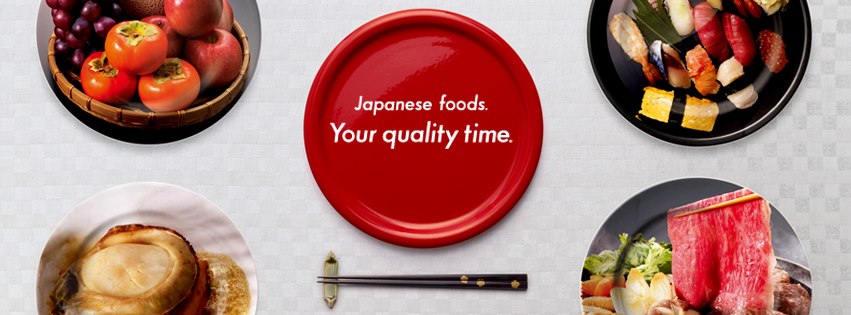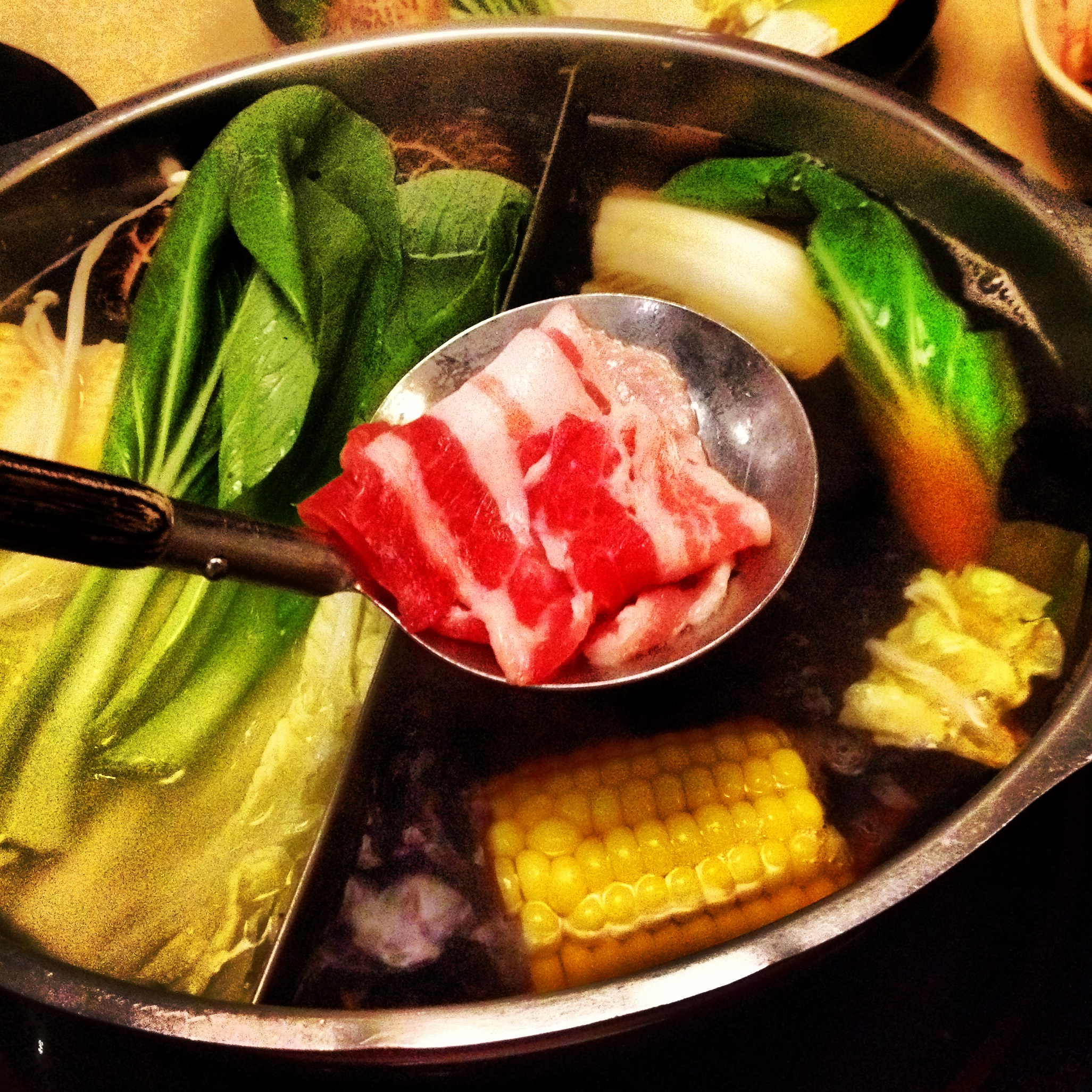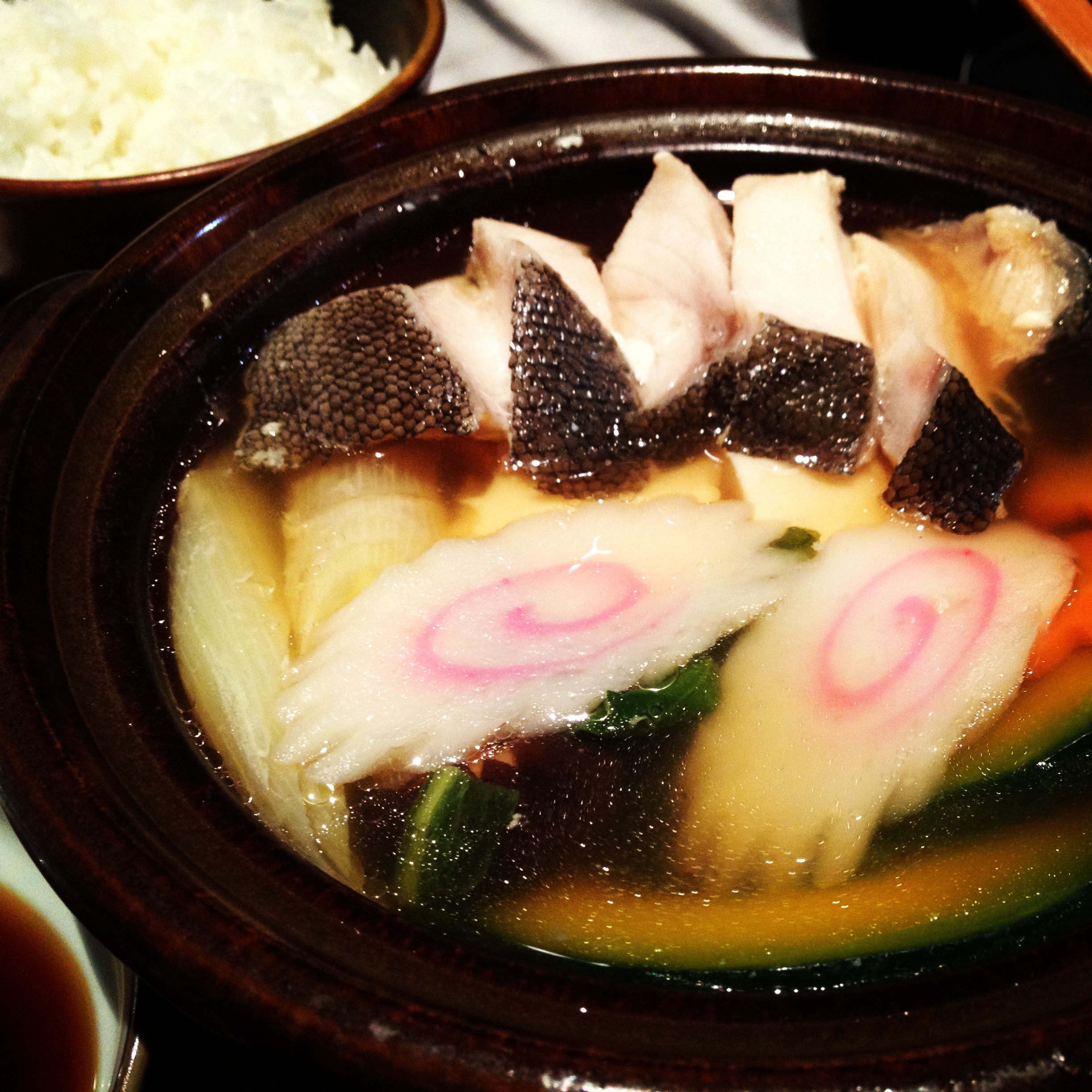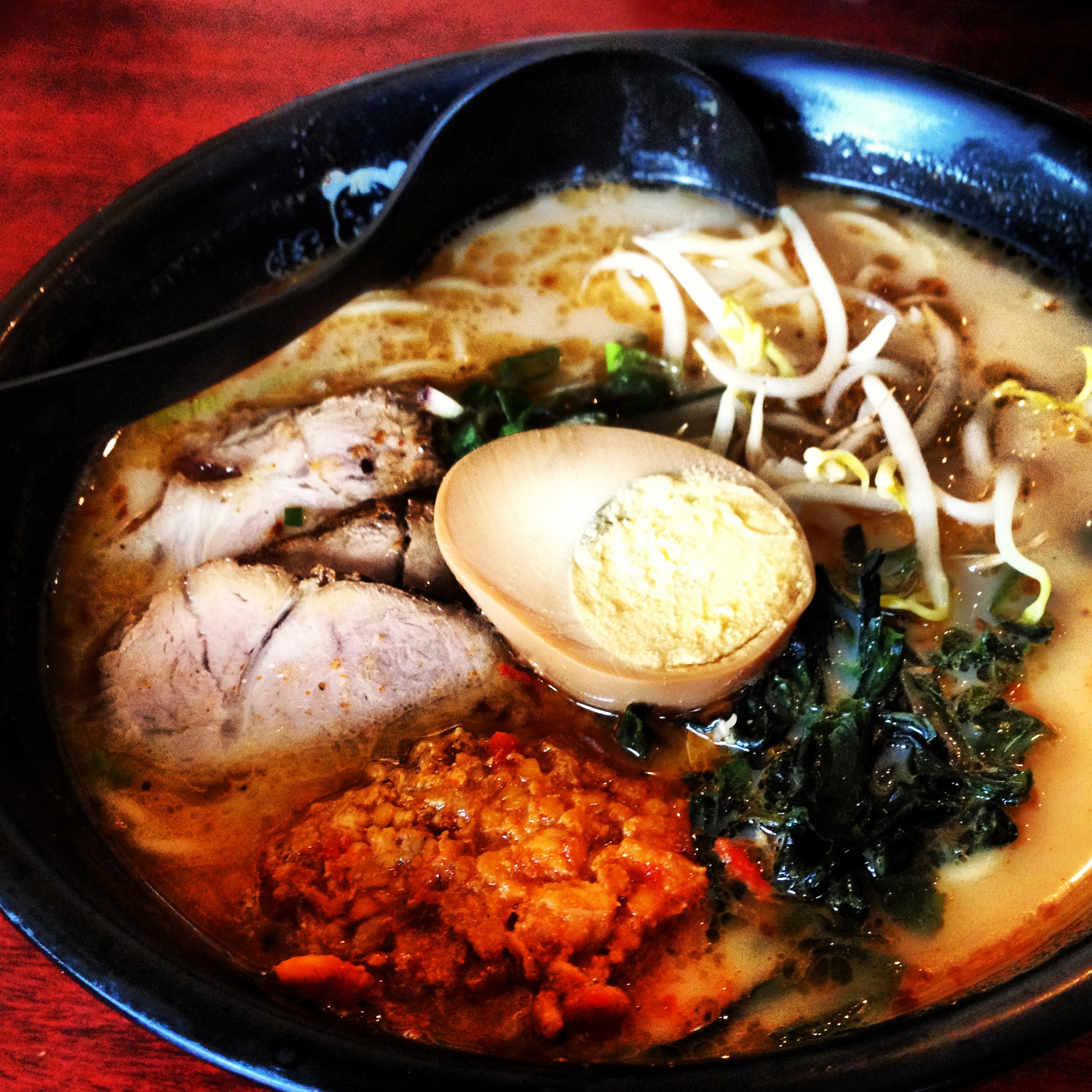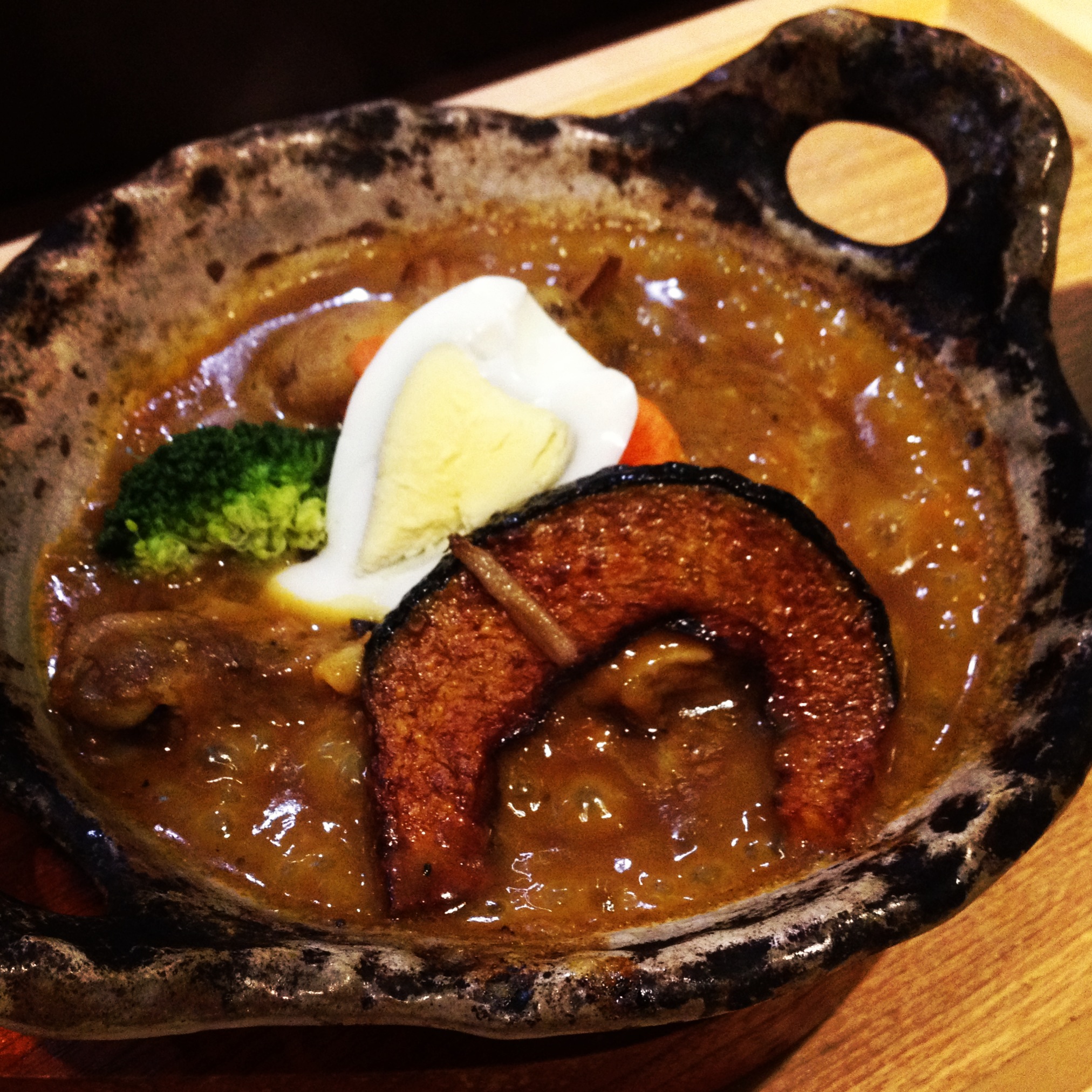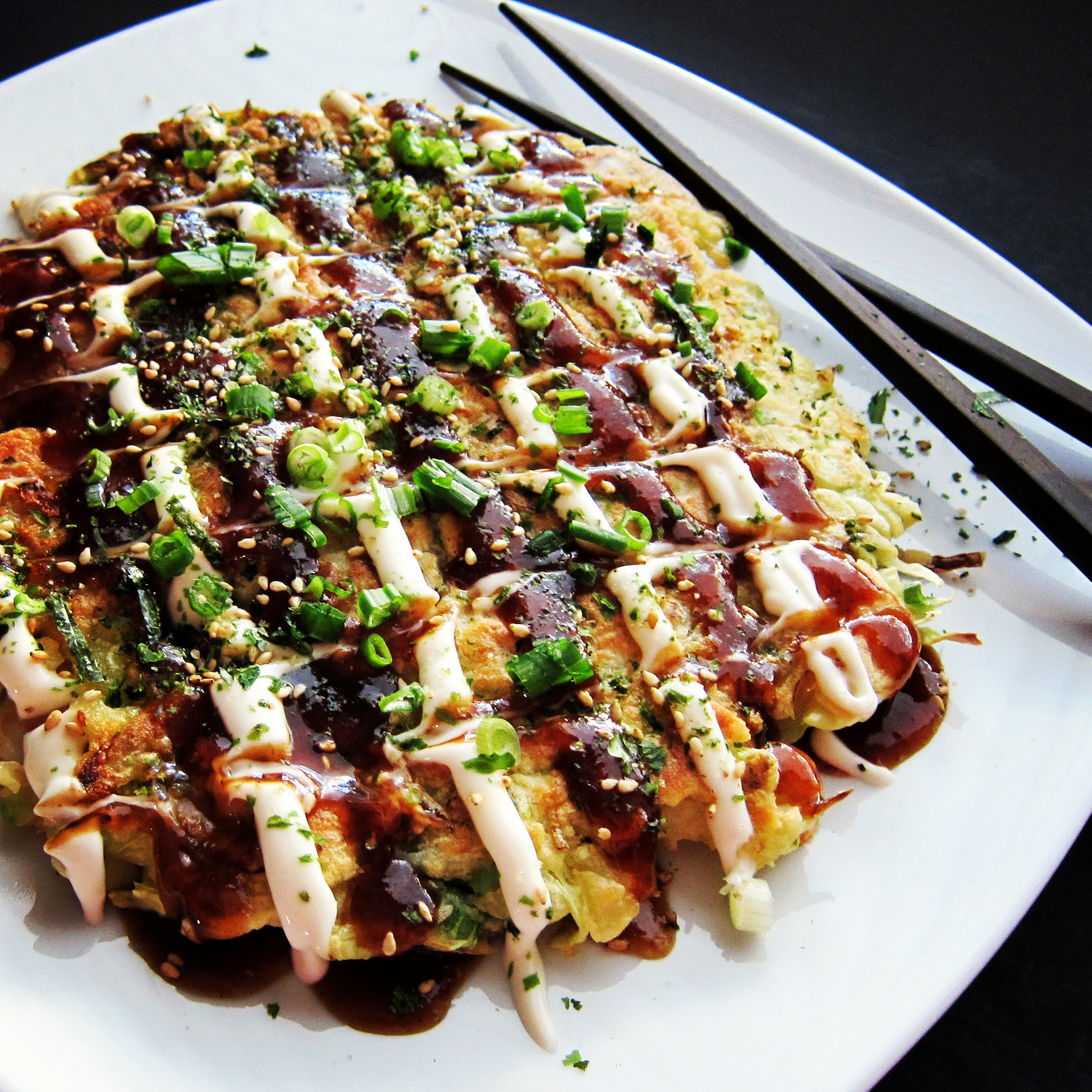The Japanese cuisine we know of today was developed over the past 2,000 years with influences from both China, Korea, India (think curry) and more recently the west. An invitation from Japanese Food – Your Quality Time Community Page to be their guest blogger from Singapore got me to embark on a mini quest to find out more about the daily Japanese cuisine that we have so often taken for granted. This part 3 of the popular Japanese cuisine series will focus more on the soup & gravy based aspect of Japanese culinary culture.
Shabu-shabu is a popular Japanese version of hot pot that can be found all over the little island of Singapore. It is rumoured that the name Shabu Shabu was actually derived from the sound produced when diners stirred their ingredients in the pot. Beef was originally the main meat ingredient but later versions with pork, crab, chicken, duck, or lobster are commonly accepted today. Tofu and fresh vegetables such as cabbage, chrysanthemum leaves, nori, onions, carrots, shiitake mushrooms and enokitake mushrooms usually accompany the meat. Udon or noodles may also be served in case you are still hungry.
Simmering Hot Pot dishes are called Nabemono in Japan. They come in a variety of flavour and style with ingredients that ranged from simple wild vegetables to the finest beef slices. In this Nabemono that I have enjoyed, Gindara was made the key ingredient. This fish is prized for the flavour and texture of its delicate white flesh. Although Nabemono can be enjoyed any time of the year, it is best suited to be shared and consumed together with family, relatives and close friends during fall and winter.
Ramen is a well-loved Japanese noodle dish that can be found through Japan. However, ramen differs by noodle type and texture as well as the taste of its broth across localities in Japan. Noodles can come in fat, thin, straight, wrinkled and ribbon shaped. To many, the broth gives a ramen its distinctive character. There are four main categories of broth namely Shio (Salt), Tonkotsu (Pork Bone), Shoyu (Soy Sauce) and Miso flavoured ramen. Often accompanied by cha shu & egg, different combinations of noodles type & broth are commonly experimented among restaurants to jostle for diners’ attention. So what’s your favourite ramen?
Singaporeans are no strangers to curry particularly Japanese style. As many would have guessed, curry was traditionally not of Japanese origin. Indian curry was introduced to Japan by British during the Meiji era. It was creatively localised to a thicker and sweeter version that Japanese can call their own. Japanese curry contains onions, carrots, potatoes and are commonly served over rice or as a base for udon. The hot pot curry that I had below was a rather rare sight in Singapore and it tasted heavenly. Where’s your favourite Japanese Curry on the island?
This may not be soup based but it is a nice dessert ending to our Japanese feast. Okonomiyaki is a playful Japanese savoury pancake. Part of the name ‘okonomi’ is a cheeky invitation for diners to pick and choose their desired ingredients! This popular dish can be found easily throughout Japan with toppings and batters varying according to region. The usual ingredients for the batter are flour, grated yam, water, eggs and shredded cabbage while the toppings can range from green onion, vegetables, cheese to thin pork belly, shrimp to even octopus and squid. In Singapore, we usually have it as an appetiser or an in-between meals snack. Do share what are some of your favourite toppings!
The Japanese cuisine we know of today was developed over the past 2,000 years with influences from both China, Korea, India and more recently the west. Click on the links below to read the other posts of this 3 parts series.
Your Quick Guide To Popular Japanese Cuisine Part 1
Your Quick Guide To Popular Japanese Cuisine Part 2
You may also like to check out my posts on other delicious food places here.

